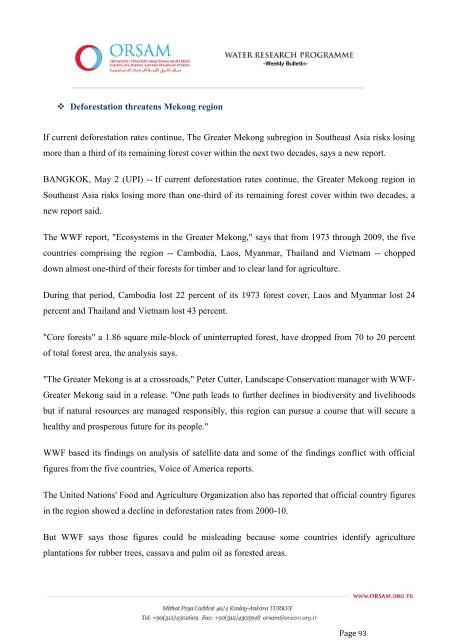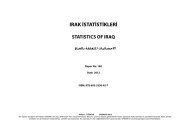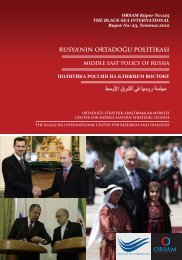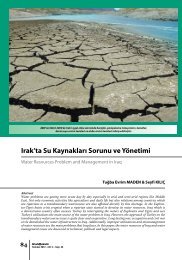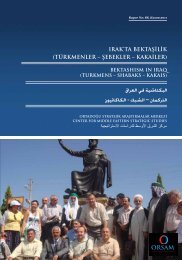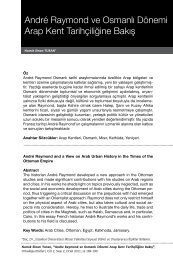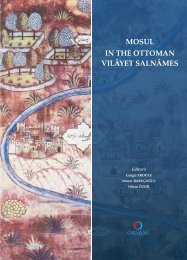29 April -05 May 2013 - orsam
29 April -05 May 2013 - orsam
29 April -05 May 2013 - orsam
Create successful ePaper yourself
Turn your PDF publications into a flip-book with our unique Google optimized e-Paper software.
Deforestation threatens Mekong region<br />
If current deforestation rates continue, The Greater Mekong subregion in Southeast Asia risks losing<br />
more than a third of its remaining forest cover within the next two decades, says a new report.<br />
BANGKOK, <strong>May</strong> 2 (UPI) -- If current deforestation rates continue, the Greater Mekong region in<br />
Southeast Asia risks losing more than one-third of its remaining forest cover within two decades, a<br />
new report said.<br />
The WWF report, "Ecosystems in the Greater Mekong," says that from 1973 through 2009, the five<br />
countries comprising the region -- Cambodia, Laos, Myanmar, Thailand and Vietnam -- chopped<br />
down almost one-third of their forests for timber and to clear land for agriculture.<br />
During that period, Cambodia lost 22 percent of its 1973 forest cover, Laos and Myanmar lost 24<br />
percent and Thailand and Vietnam lost 43 percent.<br />
"Core forests" a 1.86 square mile-block of uninterrupted forest, have dropped from 70 to 20 percent<br />
of total forest area, the analysis says.<br />
"The Greater Mekong is at a crossroads," Peter Cutter, Landscape Conservation manager with WWF-<br />
Greater Mekong said in a release. "One path leads to further declines in biodiversity and livelihoods<br />
but if natural resources are managed responsibly, this region can pursue a course that will secure a<br />
healthy and prosperous future for its people."<br />
WWF based its findings on analysis of satellite data and some of the findings conflict with official<br />
figures from the five countries, Voice of America reports.<br />
The United Nations' Food and Agriculture Organization also has reported that official country figures<br />
in the region showed a decline in deforestation rates from 2000-10.<br />
But WWF says those figures could be misleading because some countries identify agriculture<br />
plantations for rubber trees, cassava and palm oil as forested areas.<br />
Page 93


